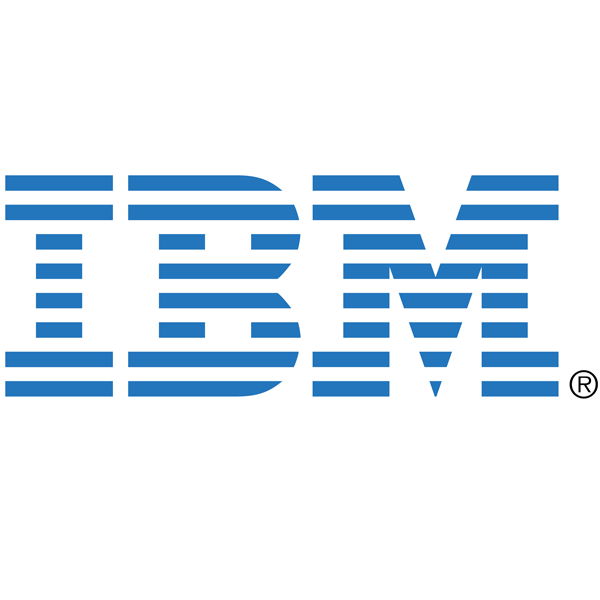 IBM loves Linux — so much so, in fact, that it’spledged $1 billion for Linux development over the next five years. So what’s IBM planning to buy for its $1 billion?
IBM loves Linux — so much so, in fact, that it’spledged $1 billion for Linux development over the next five years. So what’s IBM planning to buy for its $1 billion?
Power — as in a far broader market for its Power line of high-end server processors. Stimulating Linux application development for Power will make it easier for the company to bring new markets to that high-end chip set.
It’s hard to dispute the the strength of IBM’s Power processors, which are designed to support massively parallel cloud and analytics systems. But Power has its share of weaknesses as well. Despite each revisions of the chip being more, well, powerful than the last, Power has been losing out to commodity x86 server systems. People remember all too well how Itanium lost out to commodity x86/64 hardware, too.
Linux and inexpensive commodity x86 hardware are the go-to formula for building most every kind of server architecture these days. Give Power-architecture systems that much more incentive to run Linux and its attendant software base, and you create that much of a market for Power generally.
What about pricing? IBM’s considered that, too. Back in June, the company rolled out Power-based servers for small and medium-sized businesses starting at less than $6,000. But server sales are slumping worldwide generally, and IBM’s been mulling a sale of its own commodity x86 server business to Lenovo, if only as a way to double down all the more on Power. itvoice.
Yet another reason to give Linux on Power a boost: AIX. IBM’s long-standing mainframe Unix offering, which runs on Power as well, isn’t likely to go anywhere anytime soon thanks to its massive installed base. To that end, IBM’s planning more for Linux and AIX to coexist in the data center, rather than have one eclipse the other.
But time has shown how Linux has consistently displaced other Unix flavors. AIX might well be next, and so IBM may just be preparing for the inevitable.
A third reason, one less obvious from the outside, is having Linux become a staple presence on Power hardware that isn’t of IBM’s own make. The new Power8 processor is not just unusual for its newly revved architecture, but for IBM’s interest in licensing the Power8 architecture to other parties via a newly formed development alliance called the Open Power Consortium. The first member of the alliance: Google, even more of a Linux shop than IBM.
Power8 still has no firm release date, but it’s clear IBM wants as much of a head start as possible to make it an inviting platform for a broader audience than the one Power has now. Linux isn’t the only way IBM plans to make that happen, but it’s clearly a big part of it.






